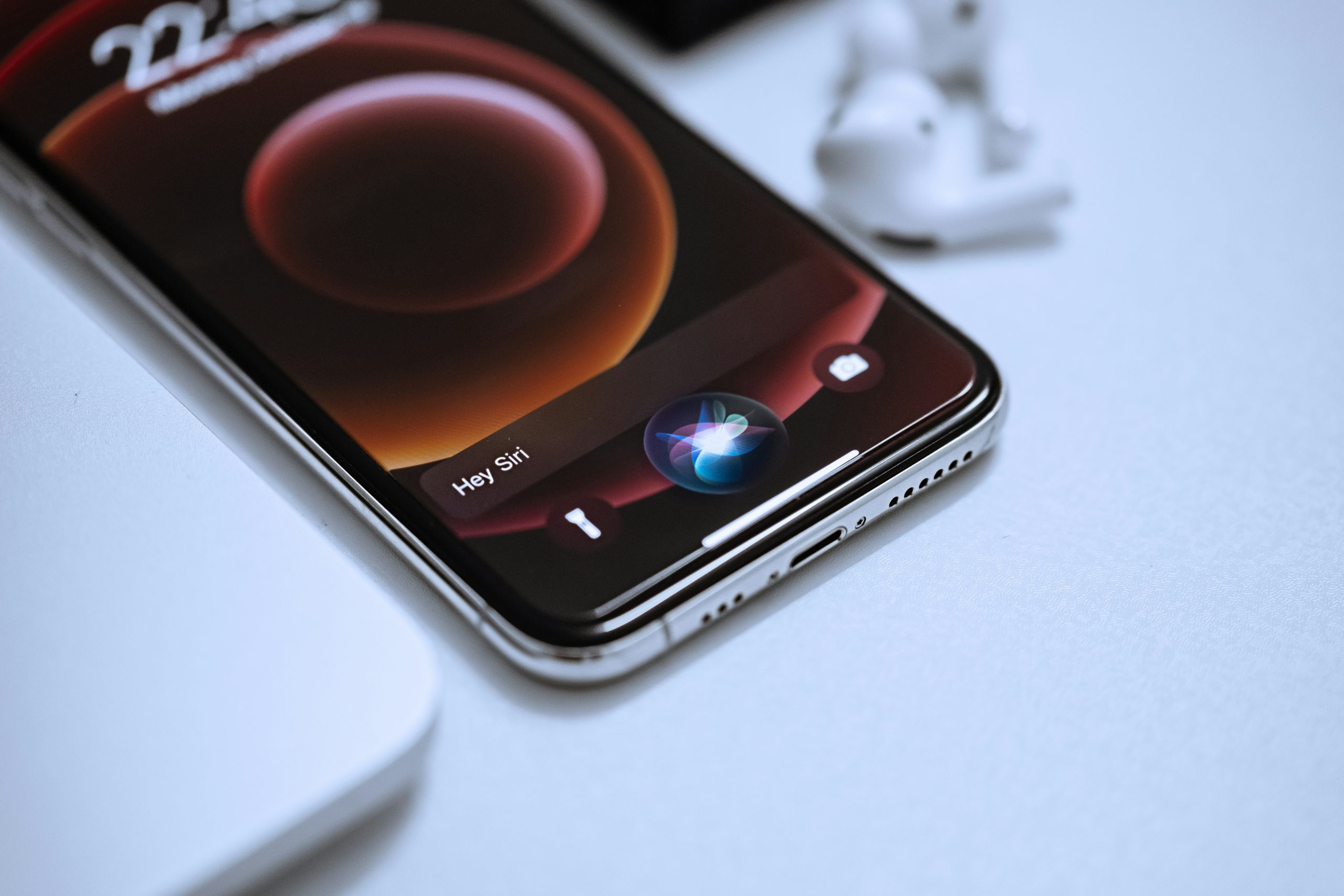Imagine this: you’re settling down with your favorite device, ready to dive into a world of private content—perhaps a cherished movie, a sensitive document, or an exclusive subscription service. Just as you’re about to hit play or open that file, the dreaded “loading error” message pops up, leaving you frustrated and bewildered. If you’ve ever faced this frustrating barrier on your iOS or macOS devices, you’re not alone; many users have found themselves in this digital limbo where access seems tantalizingly out of reach.
But fear not! In this guide, we’ll uncover the root causes of these pesky loading errors and provide you with practical solutions to get back on track. Whether it’s updating software settings, tweaking network configurations, or clearing caches that stand between you and your content cravings, we’ve got the insights you need to turn those frowns upside down. Say goodbye to interruptions and hello to seamless streaming and secure access—it’s time to reclaim control over your digital experience!
Common Causes of Loading Errors
Loading errors can be frustrating, especially when you’re eager to access private content on your iOS or macOS devices. One of the most prevalent causes of these errors is network instability. Whether you’re relying on Wi-Fi or mobile data, fluctuations in connection quality can disrupt the loading process, leading to incomplete requests and failed downloads. A seemingly minor issue with your router or a temporary service outage from your internet provider might be the silent culprits behind those pesky loading errors.
Another significant factor often overlooked is outdated software. Both iOS and macOS regularly release updates that include essential security patches and performance enhancements. Failing to keep your devices up-to-date may leave them vulnerable to bugs and compatibility issues that can derail content accessibility. Similarly, cached files from previous sessions can build up over time, causing conflicts with new data attempts during loading processes. Clearing cache regularly not only frees up storage but also ensures smoother interactions with apps and websites.
Lastly, user account issues such as expired subscriptions or permissions revoked by app developers can trigger unexpected loading problems as well. Often users are unaware that their access rights have changed, which underlines the importance of maintaining awareness about account statuses—especially when dealing with premium services that host private content. By taking proactive steps to address these common pitfalls, you’ll find yourself navigating through digital landscapes much more smoothly and effectively—bringing you closer to accessing the content you seek without unnecessary delays.

Checking Internet Connection Stability
Ensuring your internet connection is stable is a critical first step in resolving private content loading errors on iOS and macOS. Simply having an internet connection isn’t enough; fluctuating speeds or intermittent drops can significantly hinder your device’s ability to load protected content. To check your connection stability, perform a simple speed test using platforms like Speedtest.net or Fast.com to evaluate both upload and download speeds. This can help you identify any significant discrepancies that might affect streaming services or app performance.
In addition, consider the network’s latency—the time it takes for data to travel between your device and its destination. High latency can lead to buffering issues and failure to load private content seamlessly. Tools such as PingPlotter allow you to trace the route of your data packets, revealing any bottlenecks along the way. If you notice spikes in latency during peak usage hours, it might be worth switching from Wi-Fi to a wired Ethernet connection (if possible) or connecting at times when fewer devices are online. Taking these proactive steps not only equips you with valuable information but also enhances your overall browsing experience across all devices.
Updating iOS and macOS Versions
Keeping your iOS and macOS devices updated is crucial not only for accessing the latest features but also for maintaining optimal performance and security. Each new version released by Apple often includes bug fixes that could directly address the private content loading errors you might be facing. When developers patch known issues, they usually do so in conjunction with their updates—ensuring your device operates smoothly in sync with various apps and services.
Additionally, updating your devices can open up compatibility with newer software versions that may offer better support for your existing applications. Some content delivery networks or streaming services might require recent system updates to function correctly, as these backend changes can resolve underlying connectivity glitches. Hence, regularly checking for updates becomes a proactive approach—not merely a chore. Embracing this habit not only enhances your user experience but also arms you against potential vulnerabilities that come with outdated software, making it an essential part of responsible device management.

Resetting Network Settings on Devices
Resetting network settings on your devices is often an overlooked yet powerful troubleshooting step when facing private content loading errors. By clearing cached data and resetting Wi-Fi networks, Bluetooth connections, and VPN configurations to their default state, you can eliminate potential conflicts that may be hindering access to private content. This approach not only refreshes the device’s connection but also provides a clean slate for all networking processes.
Consider the underlying benefits of this reset: it prompts a new request cycle for connected services, which often helps in reacquiring any necessary permissions or authentication tokens that might have expired or become corrupted over time. Additionally, if you’ve made iterative changes to your network settings without fully understanding their impact, a reset can simplify your configurations and reduce complexity. Just remember that while this action sounds drastic—since it removes saved Wi-Fi passwords and VPN setups—it’s a small price to pay for potentially regaining unhindered access to vital content.
To perform this reset effectively, navigate through your device settings with intention; after doing so, don’t forget to reconnect to your preferred networks thoughtfully—the experience will feel like hitting the refresh button on your digital interactions.
Clearing Browser Cache and Cookies
Clearing your browser cache and cookies is akin to spring cleaning for your digital space. Over time, browsers accumulate a vast amount of stored data that may include outdated files and corrupted cookies, leading to private content loading errors. Imagine trying to watch a movie with a glitchy DVD; the experience is far from seamless. Similarly, when your browser tries to access private content with outdated information stuck in its cache, it often struggles to load correctly.
Beyond simply fixing errors, regularly clearing your cache and cookies can enhance your browsing performance. It frees up valuable storage space on your device and can noticeably speed up page load times by removing cumbersome remnants of previous sessions. Furthermore, this practice acts as a privacy safeguard—by erasing tracking data left behind by websites, you regain control over who has access to your online activity. Embracing this simple routine not only improves functionality but also empowers you to navigate the web with greater confidence and security.

Adjusting Privacy Settings in Safari
Adjusting privacy settings in Safari can significantly enhance your browsing experience and resolve issues like the private content loading error on iOS and macOS. Start by navigating to Safari’s Preferences under the ‘Safari’ menu on your Mac or tapping “Settings” on your iPhone or iPad. Here, you’ll find a trove of tools that allow you to control who sees your data—and how websites track you. Consider enabling “Prevent Cross-Site Tracking,” which limits advertisers from following your online journey across various sites, effectively reducing clutter and improving page load times.
On mobile devices, ensure that “Block All Cookies” is enabled if you’re facing relentless shortfalls with certain websites. However, be mindful; this feature can also hinder necessary logins for sites sensitive to cookie usage. Similarly, utilizing Safari’s “Hide IP Address” option guards against unwanted exposure to tracking while you’re surfing the web. By sharing fewer fingerprints across different platforms, not only do you potentially bypass errors related to private content but also enhance overall security—an all-important balance when tackling modern digital nuisances.
Conclusion: Troubleshooting for Smooth Access
In conclusion, troubleshooting access issues can often feel like a daunting task, especially when navigating the intricate ecosystem of iOS and macOS. However, it’s essential to remember that each obstacle presents an opportunity for deeper understanding and mastery over your device. Start by methodically checking settings related to privacy and security, as these often serve as the gatekeepers of content access. Simplifying permissions and ensuring software is up-to-date creates a solid foundation for resolving loading errors.
Moreover, consider leveraging community resources such as forums or Apple’s support channels. Users frequently share unique solutions that aren’t always documented in official guides. Finally, don’t forget the power of patience; sometimes logging out and back in or simply restarting your device can do wonders to reset internal processes. By adopting a systematic yet adaptable approach to troubleshooting, you’ll not only resolve current issues but also enhance your overall digital literacy for future challenges.



